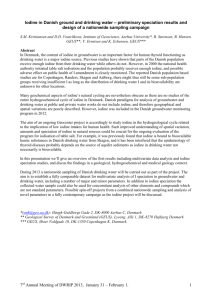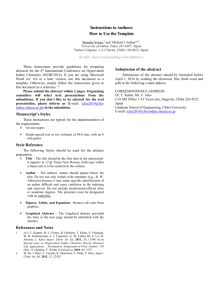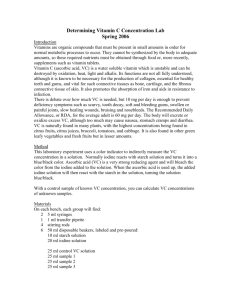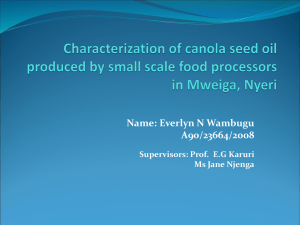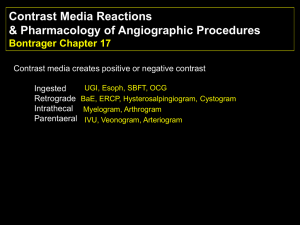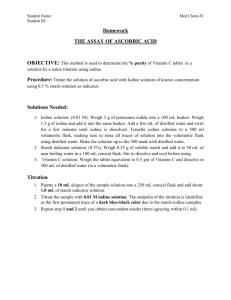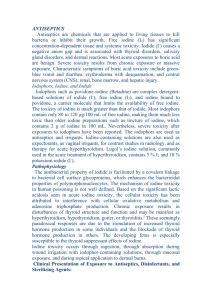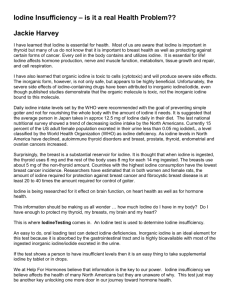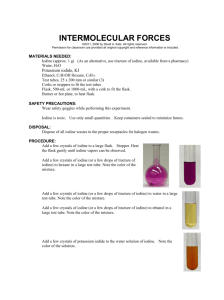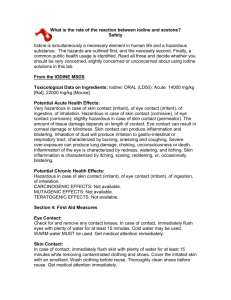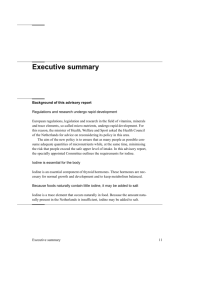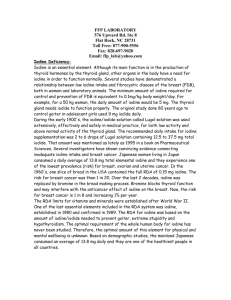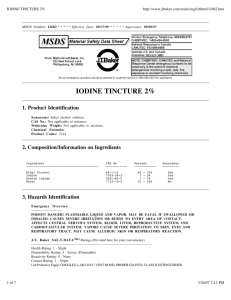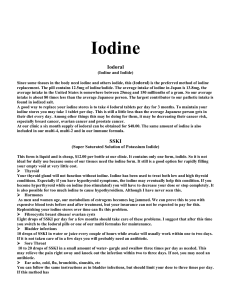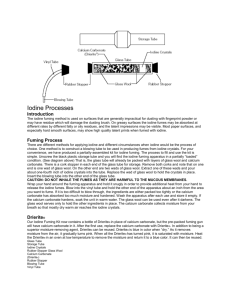Iodine in groundwater and human health in Denmark
advertisement
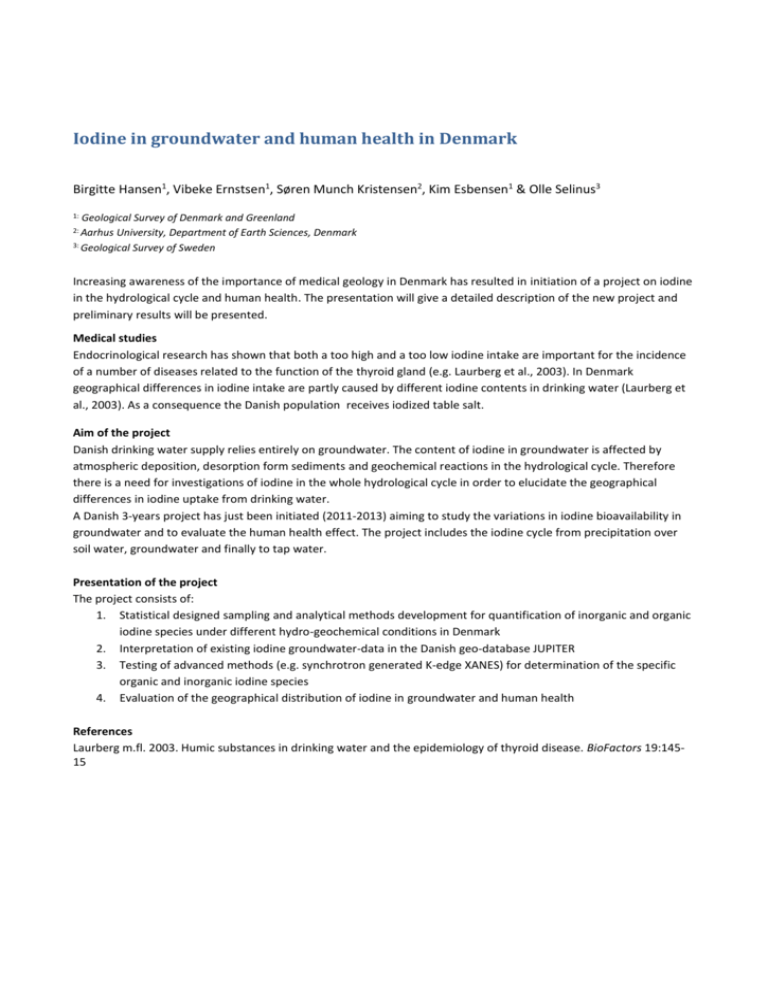
Iodine in groundwater and human health in Denmark Birgitte Hansen1, Vibeke Ernstsen1, Søren Munch Kristensen2, Kim Esbensen1 & Olle Selinus3 1: Geological Survey of Denmark and Greenland University, Department of Earth Sciences, Denmark 3: Geological Survey of Sweden 2: Aarhus Increasing awareness of the importance of medical geology in Denmark has resulted in initiation of a project on iodine in the hydrological cycle and human health. The presentation will give a detailed description of the new project and preliminary results will be presented. Medical studies Endocrinological research has shown that both a too high and a too low iodine intake are important for the incidence of a number of diseases related to the function of the thyroid gland (e.g. Laurberg et al., 2003). In Denmark geographical differences in iodine intake are partly caused by different iodine contents in drinking water (Laurberg et al., 2003). As a consequence the Danish population receives iodized table salt. Aim of the project Danish drinking water supply relies entirely on groundwater. The content of iodine in groundwater is affected by atmospheric deposition, desorption form sediments and geochemical reactions in the hydrological cycle. Therefore there is a need for investigations of iodine in the whole hydrological cycle in order to elucidate the geographical differences in iodine uptake from drinking water. A Danish 3-years project has just been initiated (2011-2013) aiming to study the variations in iodine bioavailability in groundwater and to evaluate the human health effect. The project includes the iodine cycle from precipitation over soil water, groundwater and finally to tap water. Presentation of the project The project consists of: 1. Statistical designed sampling and analytical methods development for quantification of inorganic and organic iodine species under different hydro-geochemical conditions in Denmark 2. Interpretation of existing iodine groundwater-data in the Danish geo-database JUPITER 3. Testing of advanced methods (e.g. synchrotron generated K-edge XANES) for determination of the specific organic and inorganic iodine species 4. Evaluation of the geographical distribution of iodine in groundwater and human health References Laurberg m.fl. 2003. Humic substances in drinking water and the epidemiology of thyroid disease. BioFactors 19:14515
